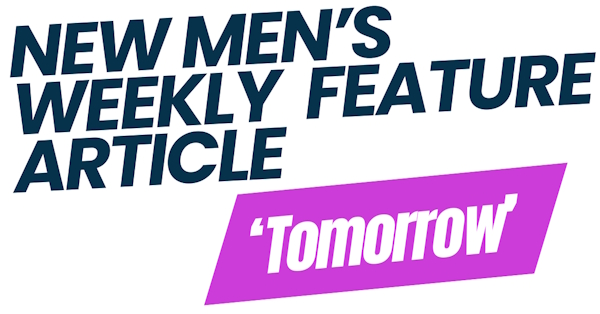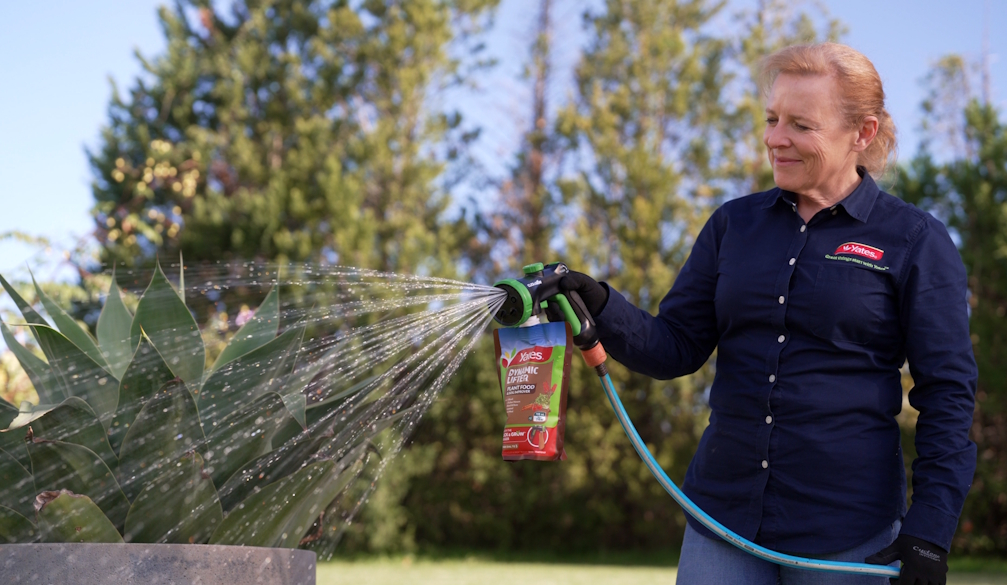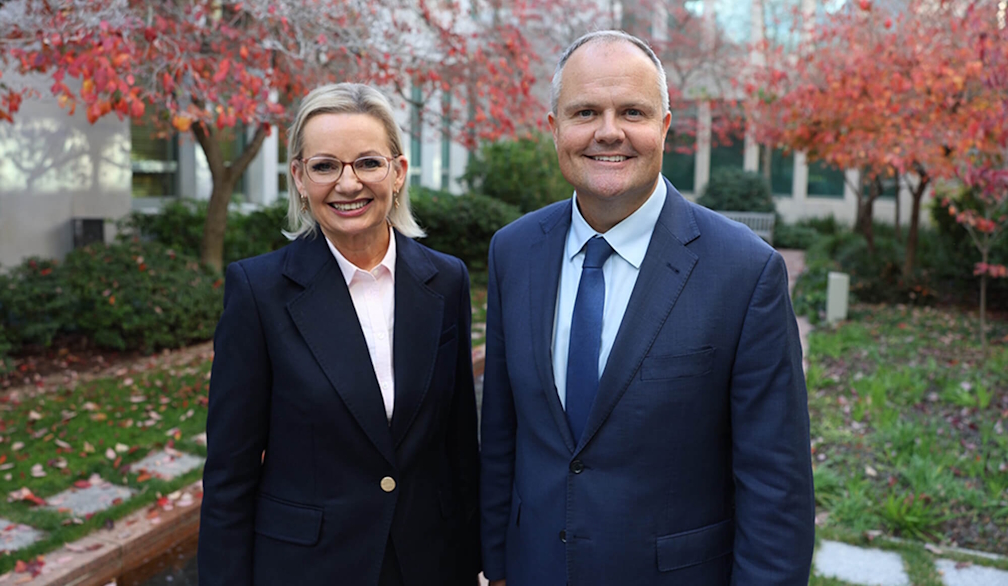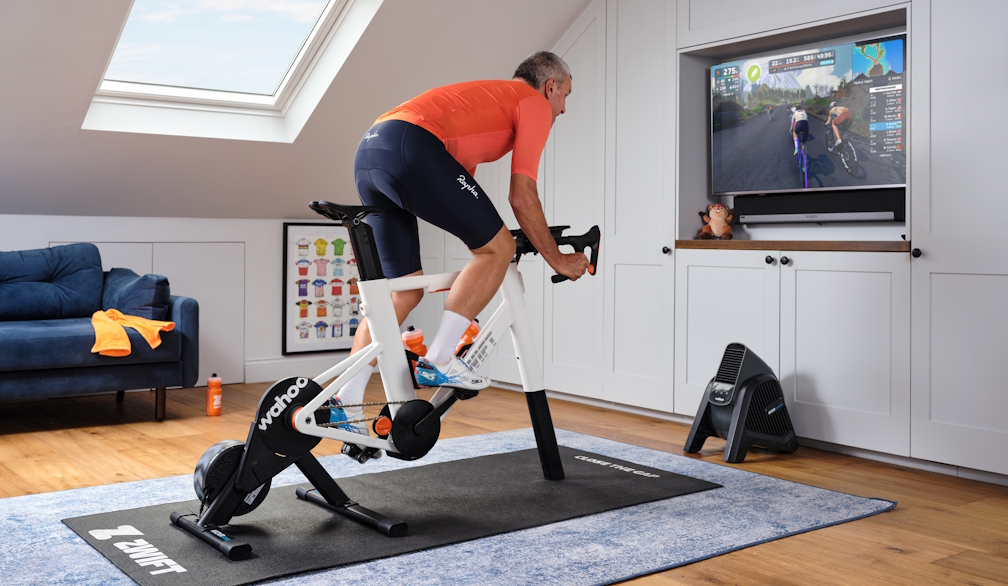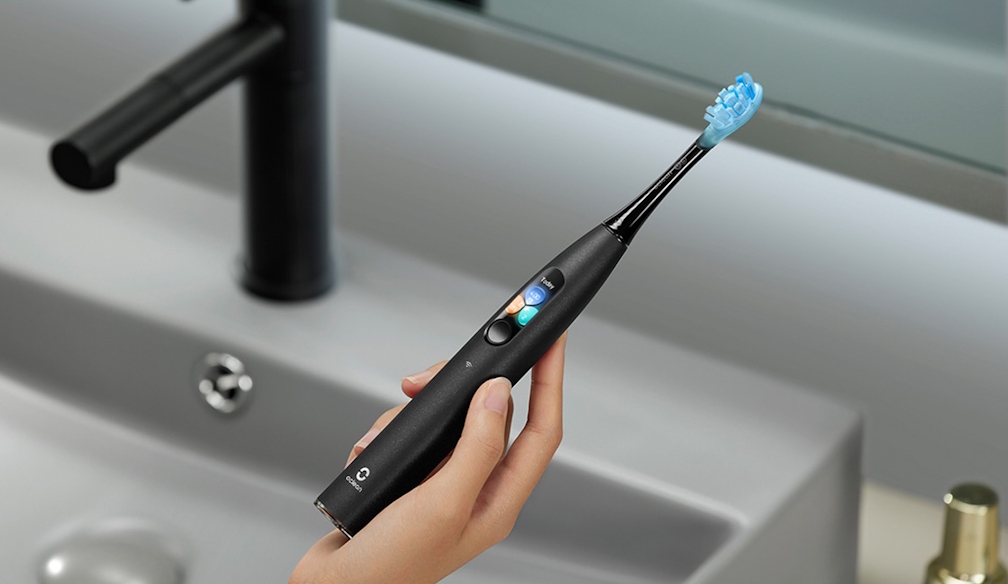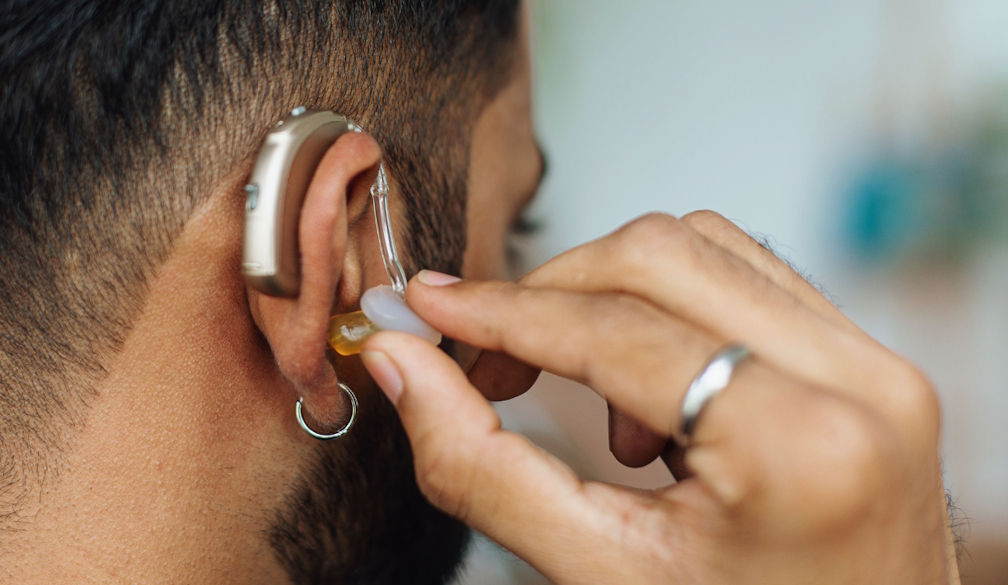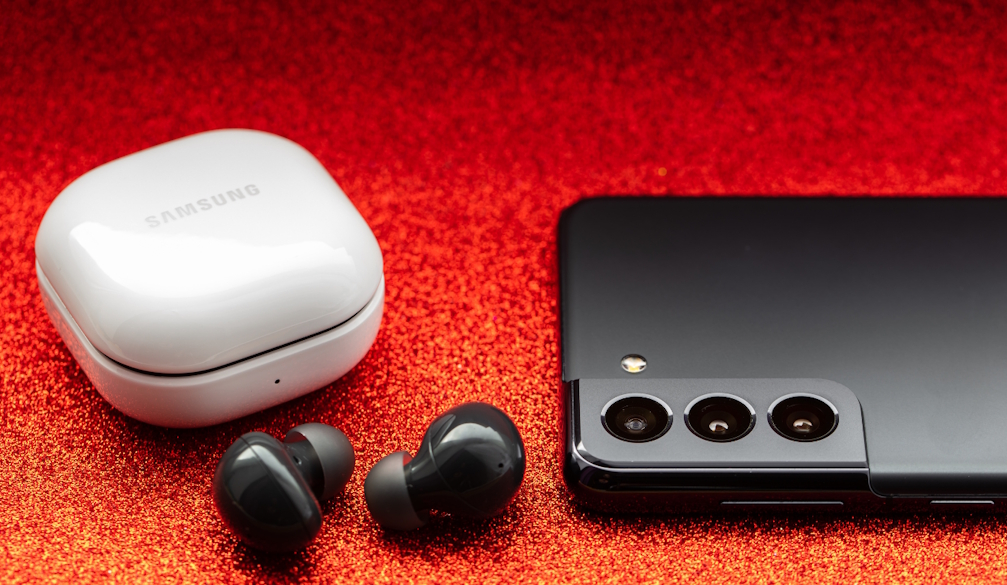Why Lighthouse Performance Scores Improve with Headless CMS Architecture
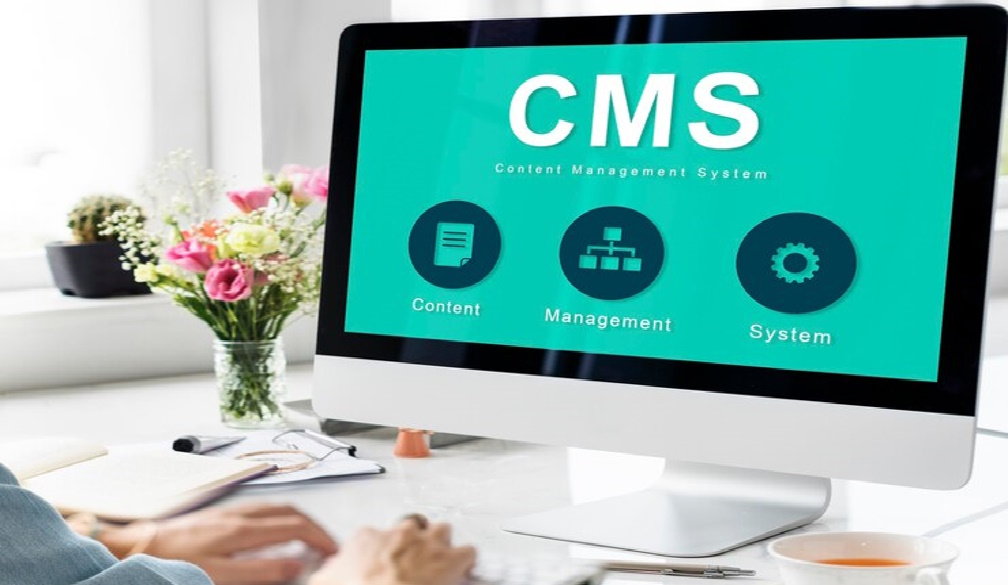
Site performance impacts user experience, SEO, and engagement. Thus, website owners need to monitor their Lighthouse Performance Scores from Google regarding speed, accessibility, best practices, and SEO. Unfortunately, many companies fail to get higher Lighthouse scores due to monolithic CMS constraints like heavy themes, multiple plugins, and poor client-side rendering.
With a headless CMS approach, companies can decouple the front end and content management to create a lighter site. The headless CMS liberates developers with no front-end dependencies from compulsory back ends and enables them to use the best front-end frameworks and CDNs for higher Lighthouse Performance Scores, loading scores, first input, cumulative layout, and other performance metrics.
How Headless CMS Reduces Page Load Times and Improves LCP
The Lighthouse metric impacted by load speed, for instance, is Largest Contentful Paint (LCP), which measures how quickly the largest visible asset on a webpage loads. Traditional CMS platforms use server-side rendering and dynamic database queries, which leads to loading delays while the system queries the database for assets. The outcome is deferred loading and a poor user experience, which leads to less engagement and negative SEO. Choosing a Strapi alternative with optimized performance architecture can help reduce these delays, ensuring that content loads faster and improves both user satisfaction and search engine rankings.
By using a headless CMS, these issues are avoided because it allows for static site generation (SSG) and pre-renders the content prior to going live. A headless CMS delivers pre-rendered HTML files via a content delivery network (CDN) as opposed to rendering them on demand, which means the page loads instantly. Therefore, it minimizes time to first byte (TTFB) and fares better with LCP, improving Lighthouse scores and improving SEO.
For example, an e-commerce site on a headless CMS using static site generation can generate product pages, category archives, home page views and pre-render everything that upon entering the site, the most crucial elements appear for a user instantly. Furthermore, by minimizing render-blocking resources and deferring offscreen images for Google Core Web Vitals compliance, companies provide a blisteringly fast experience.
Enhancing First Input Delay (FID) with Faster Interactivity
Another important metric leveraged by Lighthouse is First Input Delay (FID), measuring how quickly a website acknowledges and responds to visitor input when visitors push a button or fill out a form. When relying on a traditional CMS, coupled with a website filled with additional plugins, users experience long execution times due to slow processing via JavaScript files and ineffective database requests, causing delayed response to input.
Yet, a headless CMS improves FID by minimizing the reliance upon rendering in the cloud. Developers can effectively employ client-side rendering, asynchronous JavaScript execution, and limited, purposeful API calls to their advantage. Because many headless CMS solutions can leverage powerful JavaScript frameworks like Next.js, Gatsby, and Nuxt.js, in addition to React and Vue, they give your website the ability to instantly respond to web requests.
Consider a headline/news reporting site built on a headless CMS it can deliver a smooth front-end experience through one of the popular frameworks to control asynchronous activity, rendering sections of the website as users scroll down the page. Thus, they can search for articles, enter text into search boxes, or scroll through galleries without lag, all while receiving progressively higher performance ratings from Lighthouse. This feedback from these metrics ensures that users better enjoy the content generated from within the site, keeping them on the page longer and ultimately generating more conversions.
Improving Cumulative Layout Shift (CLS) for Visual Stability
Cumulative Layout Shift (CLS) is a Lighthouse scoring factor that measures how visually stable a site is in the process of loading. Websites with moving images, late loading fonts, and ad placements that occur by the second suffer from a low CLS score and pissed off patrons.
Thus, a headless CMS can increase CLS because developers have increased preview options and abilities to control when and how content loads to create rendering consistency over devices and screen sizes. For instance, a headless CMS can designate where images load in structure, give height and width specifications to all media, and allow for more CSS and JS loading before secondary, third-party code that can be loaded after.
For example, a hotel site with a headless CMS can specify where images will be loaded ahead of time, meaning images of the hotel, pricing, and review blurbs can all load somewhat stable instead of jolting all over the page to find a permanent placement. This creates better CLS scores on Lighthouse and usability scores since what users see is what they get, encouraging them to make their reservations.
Leveraging Content Delivery Networks (CDNs) for Faster Global Performance
One of the greatest advantages of headless CMS architecture is its ease of integration with Content Delivery Networks (CDNs) that improve Lighthouse Performance Scores. Often, legacy CMS platforms keep their content in one database location, which presents latency challenges for users visiting the site from various parts of the world.
By distributing content across CDN edge servers, many of which are located around the world, headless CMS systems allow users to receive their content from the nearest data center, resulting in smaller load times and better TTFB scores. This is especially true for international brands, e-commerce sites, and news organizations that operate 24/7 in various time zones.
For example, an enterprise SaaS company that has a headless CMS and CDN caching will enable all of its documentation, product details, and customer support offerings to be available in a split second for anyone, anywhere in the world. Without lag time from traditional requests and database pulls on a central server, sites load quicker and enjoy better Lighthouse scores and enhanced SEO.
Reducing Unused JavaScript and CSS for Optimal Lighthouse Scores
Excess JavaScript and CSS files are common with legacy CMS. Bloated themes and unnecessary third-party plugins and additional dependencies equal bad TBT and Speed Index, both Lighthouse metrics that gauge how well a site operates and renders scripts.
Where the legacy CMS creates excess JS and CSS, a headless CMS reduces JS and CSS bloat because it comes from a modular, API-driven content delivery approach where developers must load only what assets are absolutely needed for that unique page. Developers can employ tree shaking, lazy image loading, and asynchronous script loading, which help minimize the burdens of excess processing on a browser, instead improving page speed and responsiveness.
For example, if a learning management system utilizes a headless CMS, it only loads what's needed for lesson plans, video tutorials, and interactive quizzes per session; users can only access the scripts they need at that moment to interact with the course. This allows for browser resources to be freed while enhancing the user experience and, in turn, generating exponentially better Lighthouse Performance Scores.
Optimizing SEO and Accessibility for Higher Lighthouse Ratings
Lighthouse also assesses SEO and accessibility, which are critical for search placement and universal use experience. For instance, many legacy CMS have limited opportunities for structured data, semantic HTML, and accessibility improvements that lower these scores.
A headless CMS enhances SEO because developers can take advantage of structured data via schema and proper heading levels when rendering via the API or through a JavaScript generator; furthermore, meta-title/meta-descriptions can be rendered on the front end for SEO as well. When more information is accessible, search engines correctly index assets, and visibility in search engines is boosted. In addition, CMS allow for ARIA attributes, keyboard navigation, and screen reader compliance when elements are rendered via an API.
For example, a headless CMS for a financial services website ensures that every investment resource, every calculator, and customer support page is WCAG compliant (Web Content Accessibility Guidelines), leading to higher Lighthouse accessibility scores and after the fact, SEO placement -- when companies pay attention to things like semantic HTML and varied structures, they're more likely to create a better experience for users and a better opportunity for SEO.
Conclusion
A headless CMS architecture will allow your site to achieve the highest Lighthouse Performance Scores and guarantee that every user gets into your site fast, seamlessly, and intuitively. Thanks to static site generation, lightweight front-end frameworks, integrated CDNs, and reduced script bloat, headless CMS solutions allow for rapid load speed, excellent interactivity, and optimal visual stability.
Furthermore, headless CMS solutions foster better SEO, accessibility and efficient content delivery worldwide, allowing sites to rank higher, improve time on page, and enhance conversion efforts. Since performance is an essential factor for search engine scoring and user experience satisfaction, adopting a headless CMS architecture will keep companies ahead of the competition in an ever-evolving digital landscape.



